When hearing the name saffron, known as the “red gold”, many people think of its expensiveness and special foods, but besides being the most expensive spice in the world, saffron is an effective medicine for a wide range of diseases. This effectiveness is while the research shows that, unlike many chemical drugs, this plant has almost no side effects in normal doses.
Most of the medicinal properties of saffron (Crocus sativus) originate from its main compounds such as crocin, crostin, and safranal. According to many studies, saffron and its effective ingredients have been used as antioxidants, anti-inflammatory and analgesic, anti-depressants, anti-coughs, anti-seizures, memory enhancers, blood pressure reducers, and anti-cancer.
Below we will have a brief introduction to the world of saffron as a medicine.
Antidotal effect of saffron
In animal studies(mostly in vitro), having different tissues such as the brain, heart, liver, kidney, and lung be exposed to some toxic substances, either natural or chemical poisons, have proven the antidotal and protective effects of saffron and its main compounds.
The protective effects of saffron and its major components against natural toxins and chemical-induced toxicities have been the subject of different studies but the efficacy of saffron as an antidote or a protective agent in human intoxication means we need clinical studies to reach more reliable findings.
The magical aqueous extract of saffron
The findings of two different done by Ranjbaran et al. and Fadai et al. revealed that in the rat brain, the synthesis of essential neurotransmitters such as dopamine and glutamate was activated and boosted when they used the aqueous extract of saffron, at a concentration of 250 mg/kg.
Also, Zuluaga et al. reported the ability of the aqueous extract of saffron to block oxidative stress by modulation of signal transduction in human vascular endothelial cells.
Saffron in Traditional Medicine
Since prehistoric times, the people of some Asian countries have developed traditional knowledge about the therapeutic effects of saffron. The first records about the medical use of this spice in the Middle East and South Asia are related to the 12th century BC. The people of ancient Iran likely were the first to cultivate saffron for its medicinal needs.
Iranians as the first
In Iranian traditional medicine, properties such as general strengthening of the body, regulator of the vascular and nervous system (NS), reducing the effects of helplessness, and depression, treatment of insomnia, measles, and dysentery are listed in saffron clouds, and despite the high price, besides decorating food with Its wonderful color and aroma make Crocus sativus one of the most important medicinal drugs in traditional Iranian medicine.
in Iran, insomnia, severe headaches, and obstructions in the area of the head and the neck are cured with boiled water preparation of saffron.
The knowledge of this medicinal plant is not limited to Iran, and almost all civilized nations, including ancient Greece, Rome, Egypt, India, Morocco, Jordan, and China, have been gradually familiar with the various properties of this spice-medicine since ancient times.
A long list of benefits in India
In ancient Indian medicine, drinking saffron water extract is recommended to cure skin problems, asthma, arthritis, and kidney and digestive problems. Indians also have the experience that this plant in powder form is useful for external application on wounds, swellings, or severe bleeding.
In addition, Indians use saffron powder to treat poor eyesight, cataracts, and blindness. In combination with ghee, it acts against diabetes and is effective in reducing the enlargement of the spleen and liver.
As a body-strengthening tonic, in general, Crocus sativus can stimulate the immune defense and lead to an overall improvement of the body’s physical and mental health. The list of beneficial properties of saffron in India is much longer. This spice is an antiseptic and anti-inflammatory medicine, it heals bacterial and fungal infections, inflammations, insect bites, and also apoplexy. It is also effective against a wide range of stomach problems. It is possible to stimulate uterine contractions in pregnancy with lower doses of this spice, and if careless and high doses are used, it can cause spasms and general contraction of the pregnant woman’s body. It is a popular natural cosmetic ingredient in Iranian and Indian medicine to improve skin tone, and as part of folk medicine, it brightens the skin.
Finally, in traditional Indian medicine, aqueous extract of saffron in combination with other medicines is effective for acne, erysipelas, skin, wounds, and similar skin diseases, as well as reducing the pain of painful and dislocated joints, sprains, or broken bones.
Indians, like Iran, use it against depression and similar mental disorders.
Romans, Egyptians, and Greeks
One of the interesting uses of this plant was by the ancient Romans. They used to add this plant to the wines in their parties to prevent hangovers and poisoning caused by drinking wine. Skin wounds or mucous membranes to reduce eye health problems such as pain, infection, or cataracts and to heal some menstrual disorders are the cases that the ancient Egyptians and Greeks used saffron to treat. In particular, in traditional Greek medicine, this spice was used as a medicine for urinary and kidney infections, and its combination with honey has been mentioned as a diuretic.
Cytotoxic Activity of saffron
Malignant activity in which abnormal cells multiply in an uncontrolled and continuous manner and can invade the surrounding healthy tissues is called cancer. These kinds of activities could lead to forming a tumor in a different part of the body.
Antitumor effects of saffron extract or its derivatives have been investigated in a wide variety of isolated cell study models. In all these studies have been shown that the healthy cells remained unaffected under saffron treatment, meaning saffron develops selective cytotoxic effects at micromolar doses.
Lung breast and leukemia cancer case
Different concentrations (100, 200, 400, and 800 μg/mL) of saffron’s aqueous extract exhibited cytotoxic and proapoptotic effects when investigated on lung cancer cell line A549. Samarghandian et al. carried out an in vitro study and they concluded that containing some active compounds like crocin, saffron is able to reduce the proliferation of the A549 cells in a dose-dependent manner.
In another study done by Vali et al. on a breast cancer cell line (MCF-7), combinations of crocin with gamma radiation or paclitaxel led to a synergistic effect in hicking up apoptosis and decreasing the survival rate of the cells.
Another approach was taken by Mousavi et al. [62] on the MCF-7 cell line treated with aqueous saffron extract (100, 200, 400, and 800 μg/mL) using the trypan blue assay to investigate the morphological changes of cells under an inverted microscope as well as gene expression of matrix metalloproteinase (MMP). The treatment groups indicated a significant drop in MMP gene levels compared to the control group. MMPs set the rules and put an order to control the signaling pathway that manages cell growth, inflammation, or angiogenesis, MMPs may be a main goal in cancer treatment and metastasis inhibition.
A study was conducted to treat HeLa with an ethanolic extract of saffron and its compounds indicated crocin, safranal, and picrocrocin can inhibit cell growth in a dose-dependent manner, while crocetin did not have any effect on cell proliferation.
Examining the effect of crocin on human promyelocytic leukemia cells and HL-60 cells in the laboratory Sun et al. found that crocin (0.625-10 mg/mL) significantly inhibited HL-60 cell proliferation dose-dependently. They also observed that crocin can induce cell cycle arrest at the G0-G1 phase in HL-60 by flow cytometry using propidium iodide staining.
Another study was performed by Tuberoso et al. [65] in which the cytotoxicity of saffron juice was evaluated by MTT assay on the Caco-2 colon cancer cell line; the cell viability was 30% at 48 h treatment with saffron juice (10 μL/mL), while at 24 h treatment, cell viability was 32% but only at a higher concentration (50 μL/mL).
Solving the resistance problem
Pneumonia, otitis, diarrhea, skin infections, and other bacterial infections are triggered by germs that are difficult to treat. They are the result of the activity of the bacteria in the category of Gram-negative germs Enterobacteriaceae, Streptococci, Escherichia coli, or Salmonella.
Antibiotic treatment is the main method of fighting these kinds of bacterial infections, and they are very effective in most cases, but their widespread overuse has led to antibiotic resistance.
The meaning of this resistance in this case is that the excessive use of all kinds of antibiotics leads to the compatibility of bacteria with antibiotics, and as a result, the treatment of infections becomes more and more difficult. Overuse of antibiotics can hurt the saprophytic microbial flora that facilitates digestion and supports the immune system. The side effects of such loss of events are digestive disorders, diarrhea, and allergic reactions. In these difficult conditions, where both the treatment cost and the length of the treatment bother the patients, many think again about alternative natural treatments with proven antibacterial effects.
Antimicrobial Activity of saffron
Kakouri et al. conducted a study in which two extracts of Crocus sativus tepals (one extract contained the aglycon part of flavonoids and the other contained flavonoids glycosides) were investigated to evaluate the antimicrobial activity of the extracts against six bacterial species.
The extract that contained the glycosidic part of flavonoids exhibited weak antimicrobial activity. Tepal extract containing aglycons recorded the best antimicrobial capacity.
Hussein et al. study indicated strong antibacterial activity of the saffron extract against E. coli and Staphylococcus aureus at a concentration of 100 μg/mL. They claimed that the methanolic extract of crocin possesses the highest antibacterial activity against E. coli and S. aureus compared to other saffron pigments. Furthermore, results from Hussein and his colleagues proved that the antibacterial effect of crocin is approximately equal to chloramphenicol and ciprofloxacin (known as standard antibiotics) at 100 μg/mL concentration.
Another study was performed to assess the antimicrobial activity of aqueous extract of saffron collected from different areas in Iran using 3 different bacteria by a modified well plate test where different concentrations of extract were done and evaluated based on growth inhibition zone in which some of them had antimicrobial (S. aureus and E. faecalis) activity while others had no detectable activity (E. coli).
Antioxidant properties of saffron
Before reviewing saffron’s antioxidant properties, let’s have a look at oxidative stress as a pivotal issue in developing cancers.
What is oxidative stress?
Oxidative stress is the term used for diseases caused by reactive oxygen species (ROS) called free radicals and is defined as the imbalance between oxidants and antioxidants, in favor of oxidants, with destructive and pathogenetic potential. Depending on the intensity, oxidative stress can occur intra- or extracellularly. Intracellular oxidative stress can cause cell necrosis or more or less marked cell disorganization, with catastrophic effects in the case of a cell that cannot reproduce. Extracellular oxidative stress is also cytotoxic.
Saffron magical antioxidant components
Among the saffron constituents, crocetin has stronger antioxidant activity (DPPH (2,2-diphenyl-1-picryl-hydrazyl-hydrate)) than safranal, and the potential of crocetin was equivalent to that of Trolox and butyl hydroxyl toluene.
Different in vitro assays including antihemolysis, DPPH free radical-scavenging assay, in vitro lipid peroxidation, ferric reducing antioxidant power, phosphomolybdenum method, metal chelating, and reductive potentials, all in all, showed that crocin, ethanolic extract of saffron, and different extracts of Crocin chrysanthus exhibited significant antioxidant activity; however, this activity is affected by the type of solvent used that is why they may be involved in the treatment of various diseases via free radical scavengers.
Having a stronger antioxidant capacity on rat pheochromocytoma (PC-12) cells (a type of neuroendocrine tumor ) than the standard antioxidant agent α-tocopherol, Crocin could reverse the results of the cell membrane damage and enhanced superoxide dismutase level in oxidatively stressed neurons.
The effects of Crocus sativus were investigated by Bukhari et al. in stressed bronchial epithelial cells by cytokine combination. Their study illustrated that saffron and, especially its constituents (safranal and crocin) can decrease nitric oxide of (NO), induce nitric oxide synthase (iNOS) levels, and peroxynitrite ion generation and prevent cytochrome c release.
Different mechanisms to fight against cancerous factors
Being exposed to saffron constituents can reduce lipid peroxidation. It, also, can prevent the increase of oxidative stress markers induced by diazinon through free radical-scavenging activity. Striatal synaptosomes isolated from rat brains which are also exposed to saffron constituents showed mitochondrial and lipid peroxidation protection against the 3-nitropropionic acid toxin can occur when saffron treatment starts.
Even saffron’s corms, tepals and leaves
Another study illustrated that corms, tepals, and leaves of saffron are effective antioxidants. The study showed the leaf extracts of saffron also have antioxidant activity via total inhibition of the β-carotene oxidation at 10 μg/mL and a DPPH scavenger activity higher (up to 32 times) than those reported for traditional sources of antioxidants; a similar effect was shown with tepal extract, Crocus corms extract was also an antioxidant but a week one.
Anti-inflammatory Effects of saffron
de Hoz et al. carried out a study to investigate the neuroprotective and anti-inflammatory effects of saffron extract in a model of glaucoma. They found that white blood cell count, neutrophil count, eosinophil count, and platelet number in the blood of ovalbumin-sensitized rats can be enhanced by hydroalcoholic extracts of red gold.
Saffron against brain disorder
Hosseini and M. R. Eshraghian in their placebo-controlled randomized clinical trial of Crocus sativus concluded that saffron can have a positive effect on depression and food cravings among overweight women with mild to moderate depression. Saffron stimulates the increase of serotonin and dopamine in the body. Serotonin is a hormone that creates euphoria and pleasure in a person. Dopamine also conveys the message of joy and euphoria, and in this way, saffron helps to treat depression (saffron and depression).
Many researchers have emphasized that the effect of saffron in the treatment of this disorder and similar disorders is equal to drugs such as imipramine and fluoxetine. This is while those drugs have different adverse effects, saffron is reported without any side effects.
Many other researches have shown that saffron has a positive effect in the treatment of various diseases of the nervous system and our brain, including Alzheimer’s, and Parkinson’s, and can act as a supplement to conventional drugs in this field.
In the line of reaching clinical studies
A comprehensive review of existing clinical evidence of Saffron and its active ingredients against human disorders done by Hosseinzadeh H et al. reported that Alzheimer’s disease, depression, anxiety, premenstrual syndrome, obsessive-compulsive disorder, attention deficit hyperactivity disorder, sleep disorder, pain, ischemic stroke, and multiple sclerosis are the diseases that we can witness the largest number of clinical studies on saffron medicinal properties.
However, the effects of saffron and its constituents on neurological disorders are not confined only to the mentioned cases there are also “preclinical” studies evaluating the effects of saffron on Post-traumatic stress disorder, neuropathic pains, schizophrenia, spinal cord injury, tremor, traumatic brain injury, and cerebral ischemia, but they have not reached the clinical phase yet.
Conclusion
Red gold’s chemical compounds have a wide range of beneficial effects including antioxidant, anti-inflammatory, anti-tumor and anti-depressant, and anti-inflammatory properties that help protect against various diseases and disorders.
Numerous animal and in vitro experiments promise that saffron aqueous extract, and especially its active c, i.e. crocin, crostin, and safranal, have a high capacity to treat or reduce the adverse effects of a wide range of diseases. However, we need to wait for the results of clinical studies to judge these kinds of magical abilities of saffron.
If you want to have access to Iranian saffron which has a high concentration of these important substances and take advantage of the medicinal properties of this spice, you have come to the right place. Ghaaneh brand helps you get the highest quality fresh saffron as soon as possible.
FAQs
Are the protective effects of saffron extract limited to cancer?
The medicinal properties of the world’s most expensive spices will bring a bright future for the sufferers or those who are at risk of suffering from these diseases due to the use of numerous active substances in the treatment, prevention, or control of the complications of various physical and mental diseases.
Can saffron be poisonous?
Numerous studies show that saffron is not toxic in normal doses, and what is interesting is that it selectively targets cancer cells. However, consumption of more than 5 grams causes poisoning for a person, which threatens both his life and economy!
Which component of saffron can have an antibacterial activity?
The antibacterial effect of the methanolic extract of crocin is approximately equal to chloramphenicol and ciprofloxacin (known as standard antibiotics) at 100 μg/mL concentration to defeat E. coli and Staphylococcus aureus.




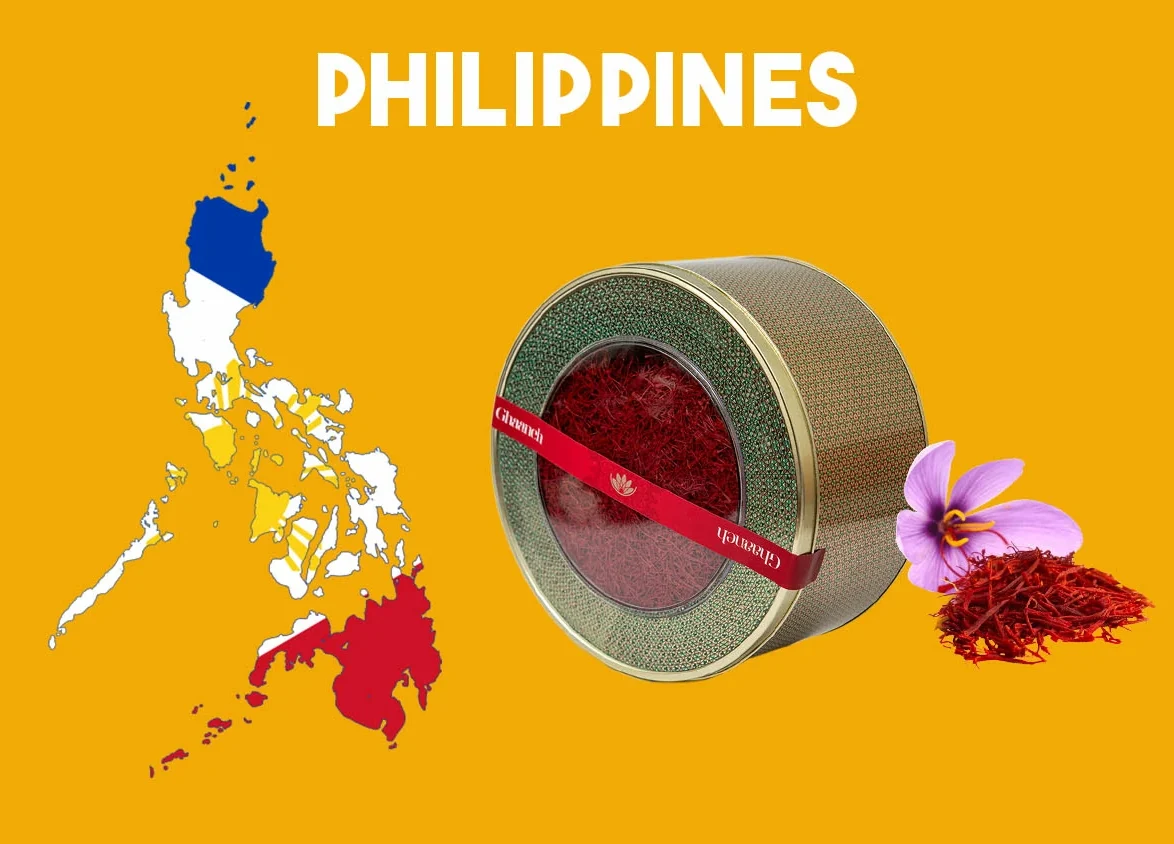
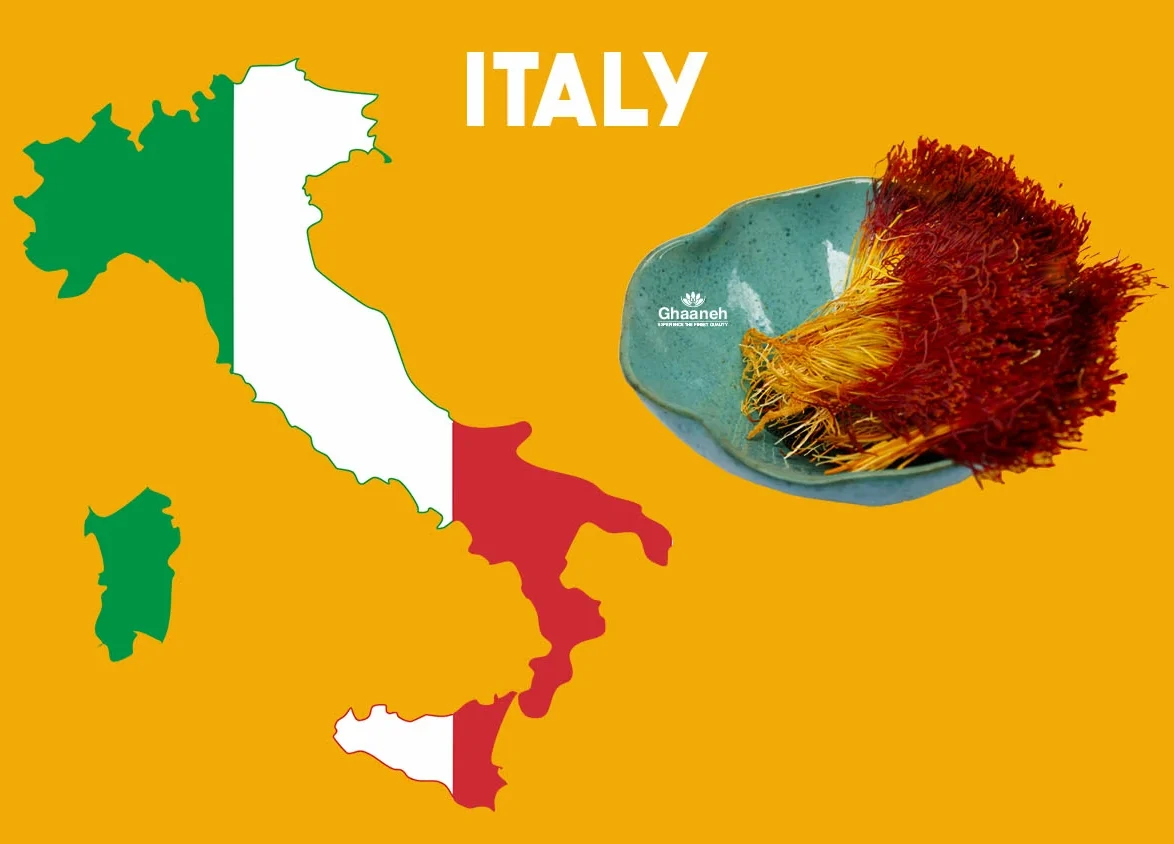


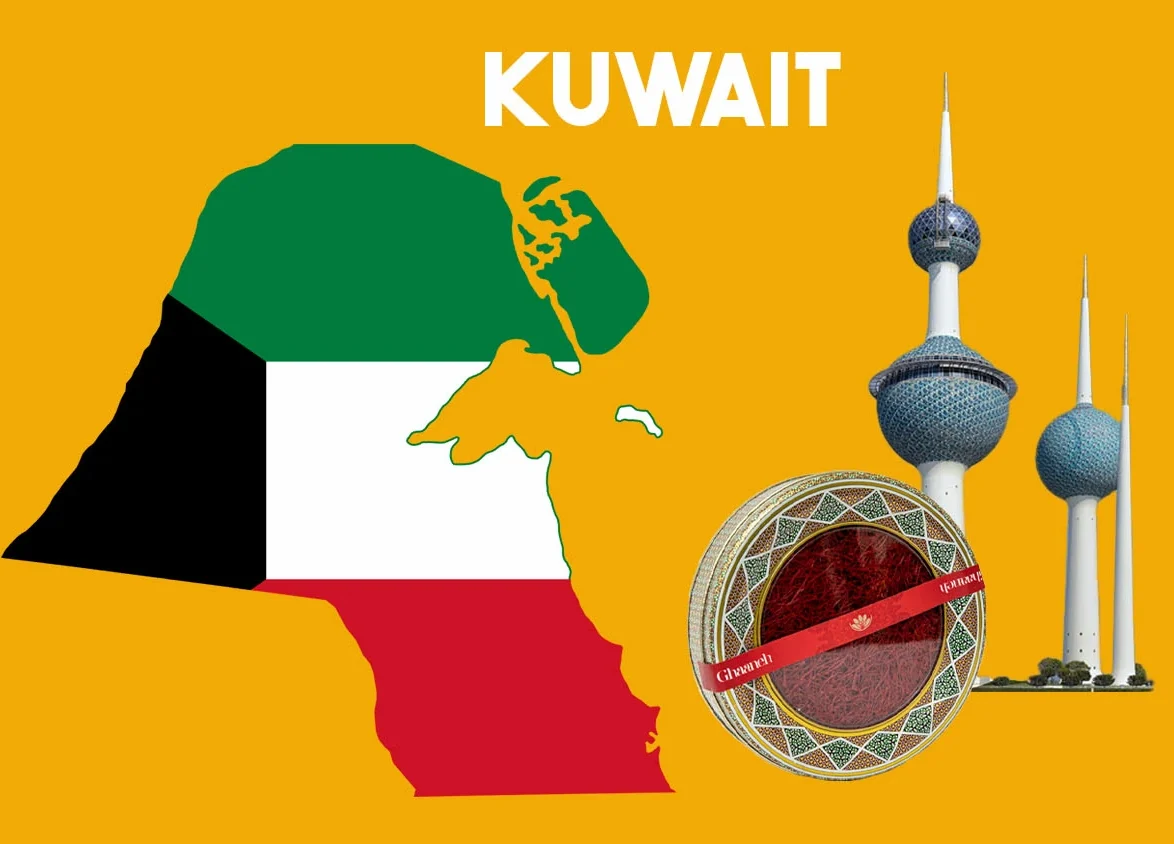
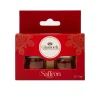
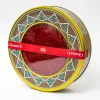
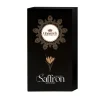
I do believe all the ideas you’ve presented for your post They are really convincing and will certainly work Nonetheless the posts are too short for novices May just you please lengthen them a little from subsequent time Thanks for the post